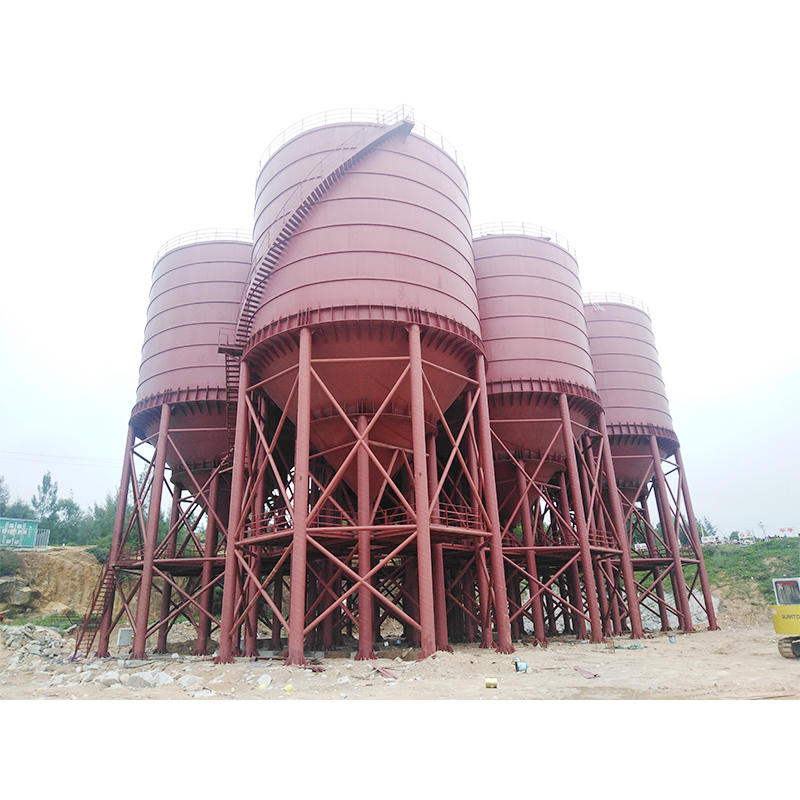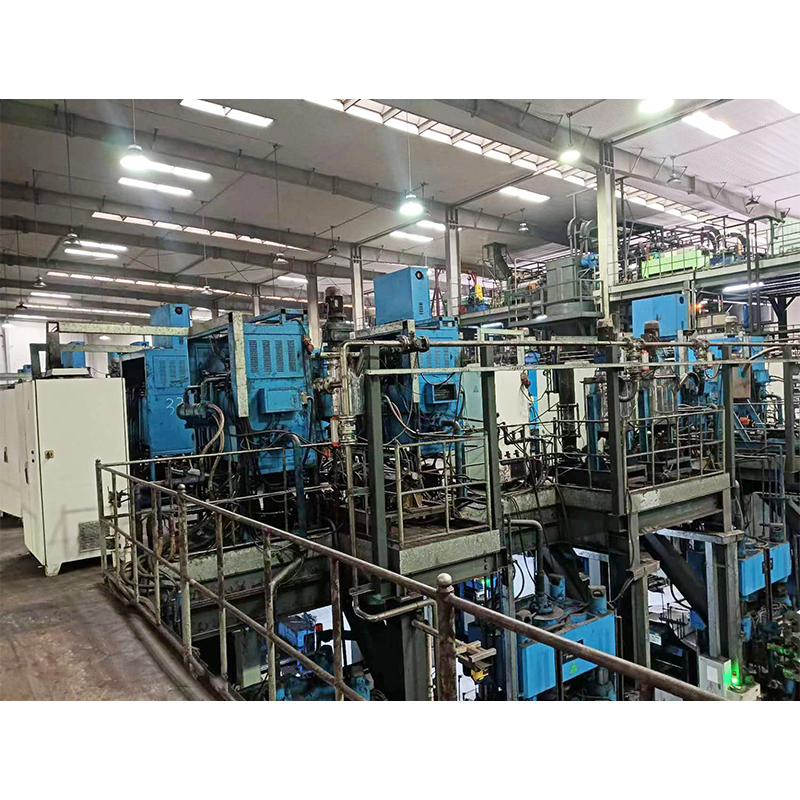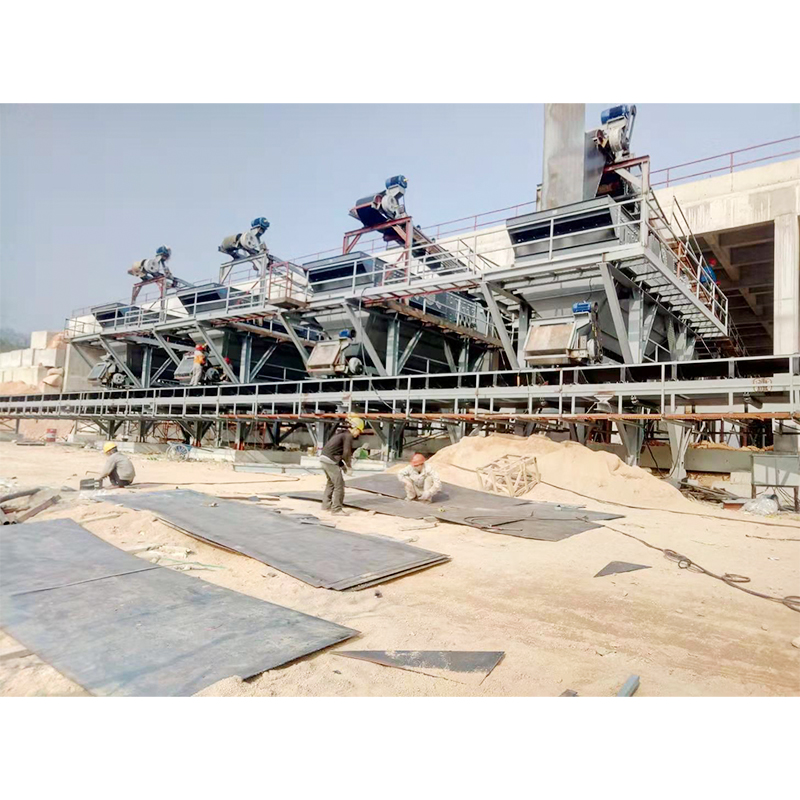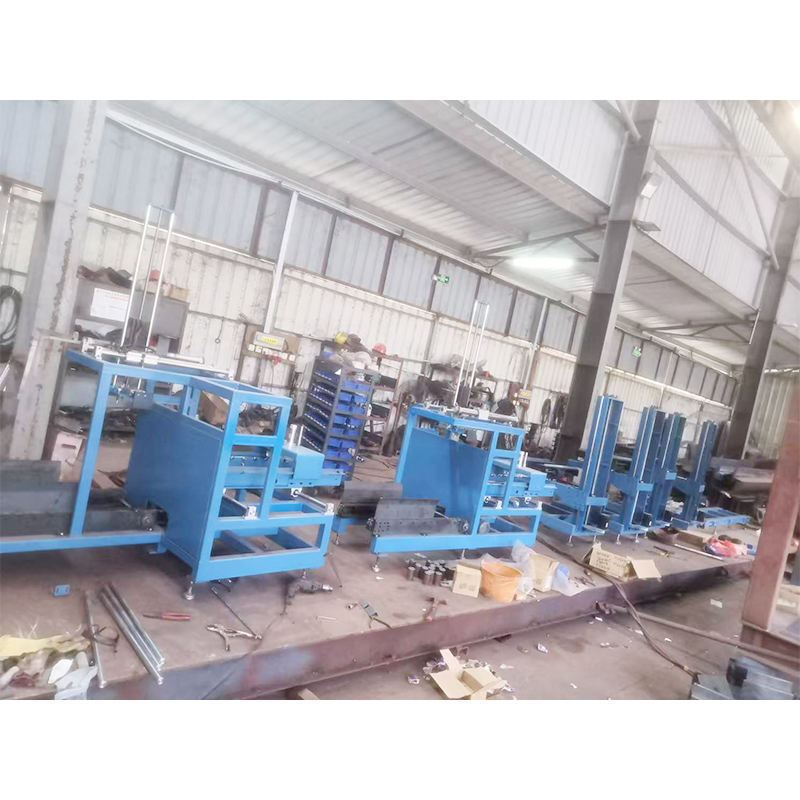How to customize non-standard automation equipment according to the specific needs of customers?
Release Time : 2025-07-17
In today's rapidly developing industrial environment, non-standard automation equipment is gradually becoming a key force in promoting the transformation and upgrading of the manufacturing industry. Unlike traditional standardized equipment, non-standard automation equipment is a production equipment tailored to the customer's specific process flow, technical parameters, production requirements, and on-site measured dimensions and environment. This highly personalized solution can not only meet the unique production needs of customers, but also significantly improve production efficiency, reduce costs and enhance the market competitiveness of enterprises.
The core value of non-standard automation equipment lies in its "customization" characteristics. Each manufacturing company has its own unique product line, production process and quality standards, and general-purpose equipment is often difficult to fully match these specific needs. By deeply understanding the customer's actual production situation and technical requirements, non-standard automation equipment manufacturers can design a complete production line or stand-alone equipment to achieve full process automation from raw material processing to finished product packaging. This not only includes the integration of hardware facilities such as robotic arms, conveyor belts, and detection devices, but also covers the design and development of software control systems to ensure that the entire system can work seamlessly together.
First of all, the successful implementation of non-standard automation equipment depends on accurate demand analysis and technical solution formulation. At the project start-up stage, the engineering team will communicate closely with the customer to understand the production process, key control points, production capacity targets and possible technical challenges in detail. For example, in the manufacture of automotive parts, a non-standard automated assembly line needs to accurately control the position and installation force of each part to ensure the quality and consistency of the final product. This requires the equipment to have functions such as high-precision positioning, real-time monitoring and feedback adjustment. At the same time, considering possible product upgrades or process adjustments in the future, the equipment must also have certain flexibility and scalability.
Secondly, material selection and structural design are crucial to the performance of non-standard automation equipment. Since each application has different requirements for the working environment, load capacity and service life of the equipment, it is necessary to select suitable materials to ensure the reliability and durability of the equipment. For example, equipment working in high temperature and corrosive environments usually chooses stainless steel or metal materials treated with special coatings; while in high-speed operation or frequent start-stop application scenarios, high-strength alloy steel or other wear-resistant materials are required, and precision heat treatment is performed to improve fatigue resistance. In addition, a reasonable structural layout can not only optimize space utilization, but also reduce energy loss and noise pollution during equipment operation.
Furthermore, the powerful functions of non-standard automation equipment are inseparable from the support of advanced control technology and intelligent systems. Under the trend of modern industrial automation, more and more non-standard equipment integrates advanced control platforms such as PLC (programmable logic controller), SCADA (data acquisition and monitoring system) and MES (manufacturing execution system), realizing digital management and remote monitoring of the production process. For example, through embedded sensor networks and Internet of Things technology, equipment can collect production data in real time and upload it to the cloud for enterprise management to conduct data analysis and decision support. In addition, the application of artificial intelligence algorithms also enables equipment to have the ability of self-learning and predictive maintenance, further improving the stability and safety of production.
It is worth noting that non-standard automation equipment is not just a simple combination of mechanical equipment, it is also a manifestation of innovative thinking and engineering capabilities. Excellent non-standard automation solution providers must not only have solid mechanical engineering knowledge, but also have multidisciplinary professional skills such as electrical engineering, software programming, and system integration. Only in this way can we create an efficient and reliable automation system that truly meets the needs of customers. For example, in the food processing industry, in view of the extremely high requirements for food safety and hygiene, non-standard automation equipment must not only realize automatic sorting, cleaning, packaging and other functions, but also strictly abide by HACCP (Hazard Analysis and Critical Control Points) specifications to ensure aseptic operation throughout the production process.
Looking to the future, as the concept of intelligent manufacturing is deeply rooted in people's hearts and technology continues to advance, non-standard automation equipment will usher in a broader development space. On the one hand, emerging technologies such as 5G communications, edge computing, virtual reality/augmented reality (VR/AR) will bring new application scenarios and business models to non-standard automation; on the other hand, green manufacturing and sustainable development concepts will also prompt non-standard automation equipment to develop in the direction of energy conservation, emission reduction and resource recycling. Whether it is to help traditional industries transform and upgrade or to open up emerging industries, non-standard automation equipment will continue to create value for enterprises with its unique customization advantages and lead the manufacturing industry to a new stage of high-quality development.
The core value of non-standard automation equipment lies in its "customization" characteristics. Each manufacturing company has its own unique product line, production process and quality standards, and general-purpose equipment is often difficult to fully match these specific needs. By deeply understanding the customer's actual production situation and technical requirements, non-standard automation equipment manufacturers can design a complete production line or stand-alone equipment to achieve full process automation from raw material processing to finished product packaging. This not only includes the integration of hardware facilities such as robotic arms, conveyor belts, and detection devices, but also covers the design and development of software control systems to ensure that the entire system can work seamlessly together.
First of all, the successful implementation of non-standard automation equipment depends on accurate demand analysis and technical solution formulation. At the project start-up stage, the engineering team will communicate closely with the customer to understand the production process, key control points, production capacity targets and possible technical challenges in detail. For example, in the manufacture of automotive parts, a non-standard automated assembly line needs to accurately control the position and installation force of each part to ensure the quality and consistency of the final product. This requires the equipment to have functions such as high-precision positioning, real-time monitoring and feedback adjustment. At the same time, considering possible product upgrades or process adjustments in the future, the equipment must also have certain flexibility and scalability.
Secondly, material selection and structural design are crucial to the performance of non-standard automation equipment. Since each application has different requirements for the working environment, load capacity and service life of the equipment, it is necessary to select suitable materials to ensure the reliability and durability of the equipment. For example, equipment working in high temperature and corrosive environments usually chooses stainless steel or metal materials treated with special coatings; while in high-speed operation or frequent start-stop application scenarios, high-strength alloy steel or other wear-resistant materials are required, and precision heat treatment is performed to improve fatigue resistance. In addition, a reasonable structural layout can not only optimize space utilization, but also reduce energy loss and noise pollution during equipment operation.
Furthermore, the powerful functions of non-standard automation equipment are inseparable from the support of advanced control technology and intelligent systems. Under the trend of modern industrial automation, more and more non-standard equipment integrates advanced control platforms such as PLC (programmable logic controller), SCADA (data acquisition and monitoring system) and MES (manufacturing execution system), realizing digital management and remote monitoring of the production process. For example, through embedded sensor networks and Internet of Things technology, equipment can collect production data in real time and upload it to the cloud for enterprise management to conduct data analysis and decision support. In addition, the application of artificial intelligence algorithms also enables equipment to have the ability of self-learning and predictive maintenance, further improving the stability and safety of production.
It is worth noting that non-standard automation equipment is not just a simple combination of mechanical equipment, it is also a manifestation of innovative thinking and engineering capabilities. Excellent non-standard automation solution providers must not only have solid mechanical engineering knowledge, but also have multidisciplinary professional skills such as electrical engineering, software programming, and system integration. Only in this way can we create an efficient and reliable automation system that truly meets the needs of customers. For example, in the food processing industry, in view of the extremely high requirements for food safety and hygiene, non-standard automation equipment must not only realize automatic sorting, cleaning, packaging and other functions, but also strictly abide by HACCP (Hazard Analysis and Critical Control Points) specifications to ensure aseptic operation throughout the production process.
Looking to the future, as the concept of intelligent manufacturing is deeply rooted in people's hearts and technology continues to advance, non-standard automation equipment will usher in a broader development space. On the one hand, emerging technologies such as 5G communications, edge computing, virtual reality/augmented reality (VR/AR) will bring new application scenarios and business models to non-standard automation; on the other hand, green manufacturing and sustainable development concepts will also prompt non-standard automation equipment to develop in the direction of energy conservation, emission reduction and resource recycling. Whether it is to help traditional industries transform and upgrade or to open up emerging industries, non-standard automation equipment will continue to create value for enterprises with its unique customization advantages and lead the manufacturing industry to a new stage of high-quality development.







